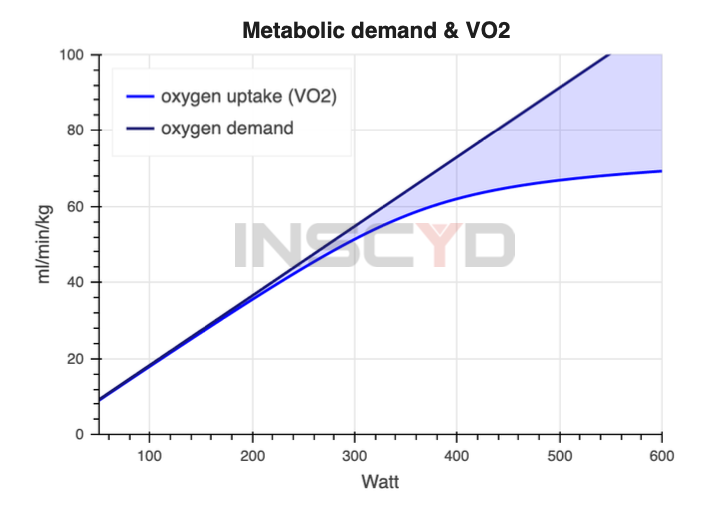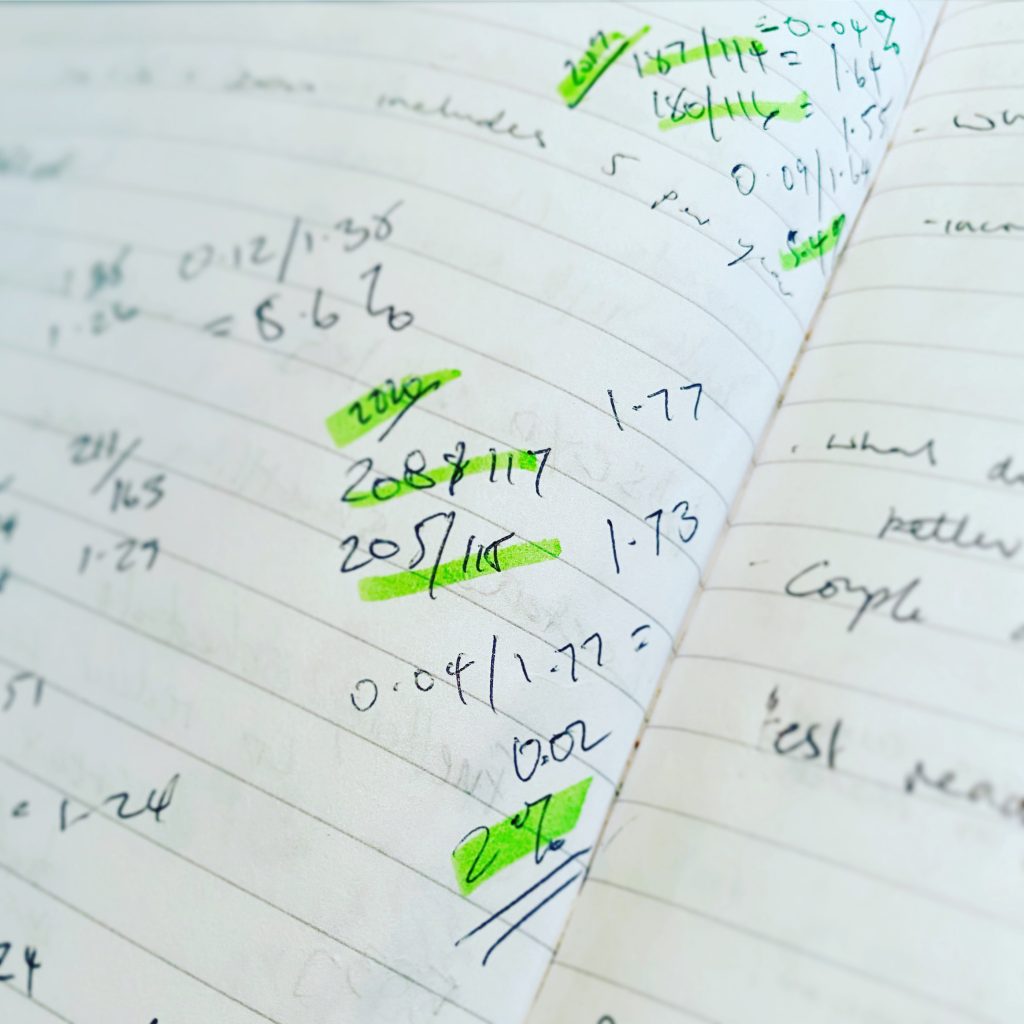Last month I underwent Critical Power Testing using the INSCYD system. The results were a little humbling. It was still December, so the right time to be making some changes in approach but doubling down in determination.
The biggest eye opener was the anaerobic threshold score, or just how low mine was. January 2019 I had metabolic testing done in the lab and the results came out 20w higher, but I was a good 5 weeks further on in training. Regardless, I wasn’t expecting such low results after such a strong end to the season. I had backed off in October but not stopped training completely.
How do I increase my anaerobic threshold? First question is always why, what is the aim and purpose of doing so? Because the test said it’s low isn’t the answer. I’m working towards Martinique in July, that means roughly 2x TT efforts of 380-400w for 25 and 15mins and a 30min climb holding similar numbers. All within 9 days of constant hot racing.
One approach could be to do a load of threshold efforts to increase my anaerobic capacity. It might well work, in fact if I was a time trialist with 8 hours a week to train it wouldn’t be a terrible approach. But I’m not. Ive got a number of big stage races this year so top of the list of needs is, fatigue resistance. All well and good being able to produce 400w for 20mins in training, I need to do it after 4-9 days of racing in hour 3 or 4 of the stage..
How do you build fatigue resistance, you fatigue the muscles consistently with a progressively higher training load. That means longer rides, increasing work load within the rides, more consecutive long rides = bigger weeks, bigger winter base. Last winter I totalled 242 totals hours. A small step up from 230 hours in 2018, and a big step from 169 hours in 2017. This year I want to make a similar big jump from 242 hours to 300 hours. (I totalled up the numbers of training hours Nov-Feb from 15 WT pros on strava, the average came out at 318h. I don’t have as many race days as them, and an 80h jump seems a bit steep). Now with a heavy increase in training hours comes a decrease in overall intensity. Winter 2019 I averaged 0.72IF, this year it’ll be lower but with more rides over 4 and 5hours and more rides over 3000/3500kjs. Last winter I totalled 2h45mins at tempo post 3000kjs, this year I want to hit 4hours total.
Last winter my average long training ride intensity was around 190-200w, very much the bottom end of Z2. I then did a lot of efforts in Z5 and 6. This winter I will increase the intensity of the long rides and slightly reduce the number of high intensity reps. Focusing more on Z2 and 3.
Thats the macro view of training and load. Let’s look more at the micro day to day training aims and actual physiological adaptations I am trying to produce.

With the INSCYD testing results I can be more specific on what intensity to ride at depending on the physiological adaptation I am after now I have better insight (see how that works..) into what exactly is going on in the muscles during exercise.
The major aim is to increase the aerobic contribution of energy delivery at higher intensity (reducing the size of the shaded area in the graph above). This can be done in a number of ways including.
- Oxidative capacity of the fast twitch fibres.
- Mitochondrial density of the slow twitch fibers
- The fatigue resistance of both slow and fast twitch
- Fat oxidation
- Cardiovascular efficiency
FatMax: By riding in a low carb state (note NOT fasted) I can encourage further fat oxidation during the session by limiting carbohydrate as a fuel source. Think of this as developing VO2 max from below. You are shifting the point at which fats are being pushed out the energy cycle in favour of the faster energy turnover carbohydrates further up the intensity scale. During these rides it’s vital not to ride too hard or it’ll be a short ride. And these rides need to be long, it can take over 90/120mins for fat oxidation to reach optimal levels even when riding in a carb restricted state.
Overgeared: Adding low cadence tempo/sst work into longer rides can help recruit the fast twitch (IIa) fibres aerobically due to the increase in torque required. This can increase the aerobic capacity of the fast twitch and decrease the glycolytic capacity (VLamax). This is a technique used heavily by team sky/ineos developing their riders ability to sustain extremely high % of VO2 max setting the pace on long climbs. Remember Dylan Van Baarle putting in huge turns on the first mountain or two of stages last year?
Over Unders: Riding at an intensity over threshold produces lactate at a high rate, riding under threshold allows this lactate accumulation to be used back in the energy cycle. Training efforts like this develop the muscles ability to do this, and withstand higher concentrations of lactate. Essentially pulling the VO2 max up from above.
December and January will be focussed on these three ride types, aiming for consistency and volume. One way to check your aerobic conditioning is to head out on a long steady ride 4+. Compare first half pw/hr to last half. If you are under 5% the in my eyes you are ready for the next stage of training. MORE POWER!

